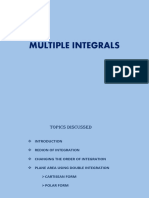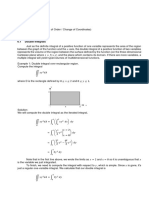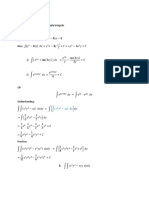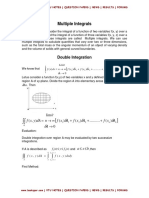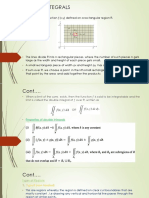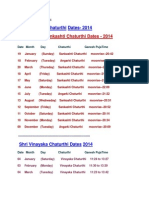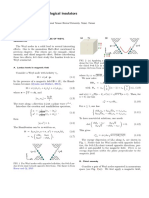0% found this document useful (0 votes)
43 views63 pagesMultiple Integrals
The document discusses multiple integrals, including double and triple integrals, and their evaluation methods. It covers the region of integration, changing the order of integration, and provides several examples and practice problems. Key concepts include integrating functions with respect to multiple variables and the application of Cartesian and polar forms.
Uploaded by
vijayalakshmi.shCopyright
© © All Rights Reserved
We take content rights seriously. If you suspect this is your content, claim it here.
Available Formats
Download as DOCX, PDF, TXT or read online on Scribd
0% found this document useful (0 votes)
43 views63 pagesMultiple Integrals
The document discusses multiple integrals, including double and triple integrals, and their evaluation methods. It covers the region of integration, changing the order of integration, and provides several examples and practice problems. Key concepts include integrating functions with respect to multiple variables and the application of Cartesian and polar forms.
Uploaded by
vijayalakshmi.shCopyright
© © All Rights Reserved
We take content rights seriously. If you suspect this is your content, claim it here.
Available Formats
Download as DOCX, PDF, TXT or read online on Scribd
/ 63


